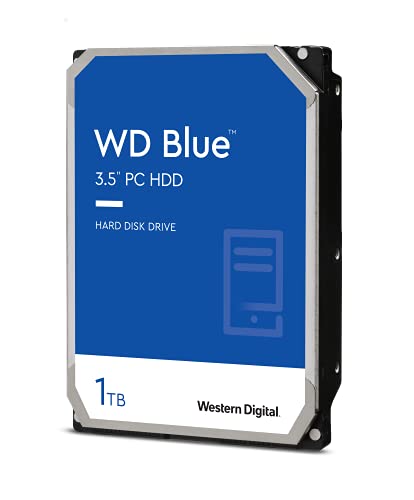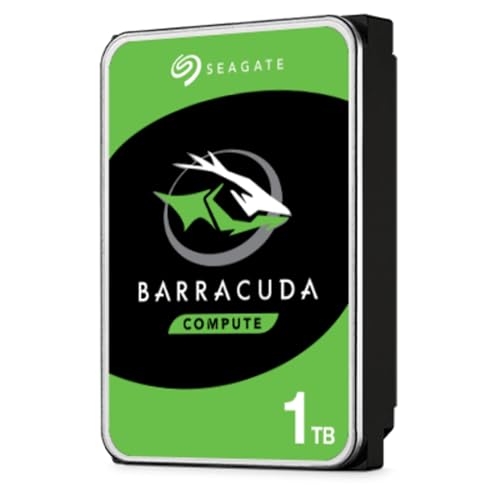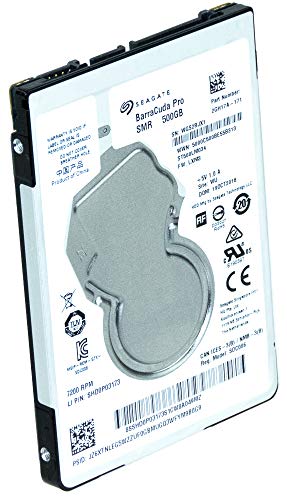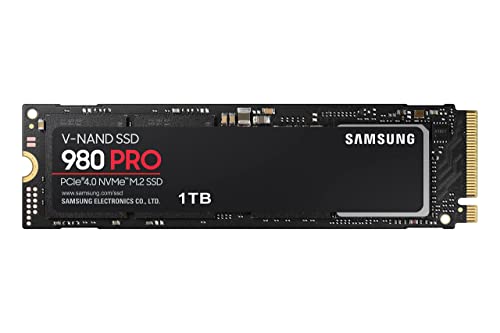Data backup is essential for safeguarding valuable information and ensuring continuous system operation. Integrating local and cloud backup solutions offers a resilient strategy, balancing quick recovery with long‑term storage redundancy for high‑performance PCs.
Implementing RAID configurations, Network Attached Storage (NAS), or external high‑capacity drives provides rapid access and recovery options for critical data. Local backups offer speed and control, making them ideal for daily data demands and frequent updates.
Cloud backup solutions provide an additional layer of redundancy, protecting data against physical damage, theft, or hardware failure. Automated, scheduled backups ensure consistency, and modern encryption techniques safeguard data integrity during transmission and storage. Combining local backups with cloud solutions achieves a robust, hybrid strategy that maximizes reliability and minimizes downtime.
Integrating both local and cloud backup strategies is paramount for protecting data on high‑performance PCs. By leveraging the speed of local storage and the redundancy of cloud services, you can create a resilient system prepared for any data loss scenario.
Data Backup Strategies for High-Performance PCs
Introduction
Data backup is essential for safeguarding valuable information and ensuring continuous system operation on high-performance PCs. Whether you’re a content creator handling massive video libraries, a developer compiling extensive codebases, or a gamer preserving thousands of hours of progress, the risk of data loss—due to hardware failure, malware, accidental deletion, or natural disasters—remains ever present.
Integrating both local backup solutions and cloud backup strategies creates a resilient hybrid storage architecture. This approach delivers lightning-fast recovery for daily workflows while maintaining long-term redundancy and offsite protection. In this guide, we explore RAID configurations, NAS deployments, external drive options, automated cloud backups, encryption best practices, and advanced techniques to maximize data redundancy, reliability, and security.
Understanding Data Backup Essentials
- Speed of Recovery: How quickly critical files and system images can be restored.
- Redundancy and Resilience: Multiple copies stored in geographically separate locations.
- Security and Integrity: Encryption in transit and at rest to protect against unauthorized access.
High-performance PCs demand backup strategies that keep pace with large data volumes and rapid read/write operations. Traditional single-drive copies are insufficient. Instead, layer RAID arrays, Network Attached Storage (NAS), encrypted cloud repositories, and snapshot-based versioning to create a comprehensive backup ecosystem.
Local Backup Solutions
1. RAID Backup Configurations
RAID (Redundant Array of Independent Disks) combines multiple drives to distribute or mirror data for both performance and redundancy.
| RAID Level | Description | Pros | Cons |
|---|---|---|---|
| RAID 0 | Striping across drives | Maximum speed, full capacity | No redundancy; single drive failure = data loss |
| RAID 1 | Mirroring two drives | Simple redundancy, fast reads | 50% capacity overhead |
| RAID 5 | Striping with distributed parity | Balanced speed and redundancy | Write penalty; needs ≥3 drives |
| RAID 6 | Dual parity | Handles two simultaneous failures | Higher write penalty; needs ≥4 drives |
| RAID 10 | Nested mirror + stripe | High speed and redundancy | 50% capacity overhead; ≥4 drives required |
Choose hardware RAID controllers to offload parity calculations from the CPU, or implement software RAID for flexibility and lower cost.
2. Network Attached Storage (NAS)
A NAS device offers centralized storage accessible by multiple PCs over the local network.
- Scalable drive bays (4–12+ slots) with hot-swap capabilities
- Built-in RAID support, snapshots, and versioning
- Automated backups via SMB, NFS, or iSCSI
- Remote VPN access for offsite recovery
Leading NAS brands—Synology, QNAP, Western Digital—provide management apps for scheduling backups, syncing to cloud services, and managing snapshots.
3. External High-Capacity Drives
Portable external SSDs and HDDs are cost-effective for incremental or full-image backups.
- External SSDs (NVMe-based enclosures): 1–2 GB/s transfer rates, rugged design
- High-Capacity HDDs: Up to 20 TB per drive, ideal for cold storage
- Backup Software: Use Macrium Reflect or Acronis True Image to schedule snapshots
Rotate external drives regularly and store them in a secure location to protect against theft or environmental hazards.
Cloud Backup Strategies
Cloud backups add an offsite layer of redundancy, safeguarding data against physical damage, theft, or hardware failure.
1. Choosing a Cloud Service
- Amazon S3 / Glacier
- Microsoft Azure Blob Storage
- Google Cloud Storage
- Backblaze B2
Evaluate providers based on egress fees, API performance, regional coverage, and integration with backup clients.
2. Automated Backups and Scheduling
- Backup Clients: Rclone, Duplicati, Arq Backup for scheduled uploads
- Incremental & Differential Backups: Transfer only changed blocks to save bandwidth and storage
- Versioning & Retention: Retain daily backups for 30 days, monthly snapshots for 1 year, annual archives for 5 years
3. Encryption and Security
- Client-Side Encryption: AES-256 or ChaCha20 before upload
- TLS in Transit: Protect data during transfer
- Zero-Knowledge Providers: SpiderOak architecture ensures only you hold decryption keys
- IAM & MFA: Secure cloud credentials with roles and multi-factor authentication
Hybrid Storage: The Best of Both Worlds
- Primary Local Backup: RAID-protected NAS or external SSD for same-day recovery
- Secondary Cloud Backup: Encrypted, incremental replication to offsite object storage
- Tertiary Offline Archive: Tape backups or cold HDD vaults stored in secure facilities
Tier data so active projects reside on high-speed NVMe or RAID, while archived data moves to cloud or tape, optimizing cost, performance, and redundancy.
Advanced Backup Techniques
Snapshot and Version Control
- Filesystem Snapshots: ZFS or Btrfs snapshots capture point-in-time states with minimal overhead
- Application-Aware Backups: Use Volume Shadow Copy Service (VSS) on Windows or LVM snapshots on Linux for database consistency
Differential vs. Incremental Backups
| Backup Type | Data Copied | Typical Use Case |
|---|---|---|
| Full | All selected files and system data | Weekly or monthly system images |
| Differential | Changes since last full backup | Fast recovery within short retention |
| Incremental | Changes since last backup (any type) | Continuous backups, minimal bandwidth |
Best Practices for Secure, Automated Backups
- Follow the 3-2-1 Rule: Three copies of data, on two different media, one copy offsite.
- Conduct regular restore tests quarterly to verify backup integrity.
- Use immutable backups (WORM or object-lock in S3) to guard against ransomware.
- Set up monitoring and alerts for failed jobs, low storage, or permission anomalies.
- Maintain documentation and SOPs: recovery playbooks, permission matrices, and contact lists.
Implementation Roadmap
- Assessment: Audit data types, volumes, and RTO/RPO requirements.
- Infrastructure Selection: Choose RAID levels, NAS models, and cloud plans.
- Pilot Deployment: Configure backup agents on a test machine and validate recovery.
- Full Rollout: Automate policies across all high-performance PCs with automatic agent updates.
- Testing & Validation: Perform full restores from local and cloud backups; adjust retention as needed.
- Ongoing Optimization: Review logs monthly, refine schedules, and scale infrastructure for growth.
Continuous Monitoring and Optimization
- Track backup throughput, job duration, and storage usage with Grafana or Datadog dashboards.
- Forecast storage growth and pre-allocate cloud buckets or NAS expansion bays.
- Perform quarterly security audits of IAM roles, encryption keys, and firewall rules to block unauthorized access.
Conclusion
Integrating local and cloud backup strategies is paramount for protecting data on high-performance PCs. By combining the speed of RAID, NAS, and external drive backups with the redundancy and security of automated, encrypted cloud solutions, you build a hybrid storage ecosystem that stands resilient against any data loss scenario.
Adopt advanced techniques like snapshots, versioning, and immutable archives; enforce best practices around testing and security; and continuously monitor backup workflows. This comprehensive approach minimizes downtime, safeguards critical assets, and ensures your data remains protected, accessible, and recoverable under all circumstances.







